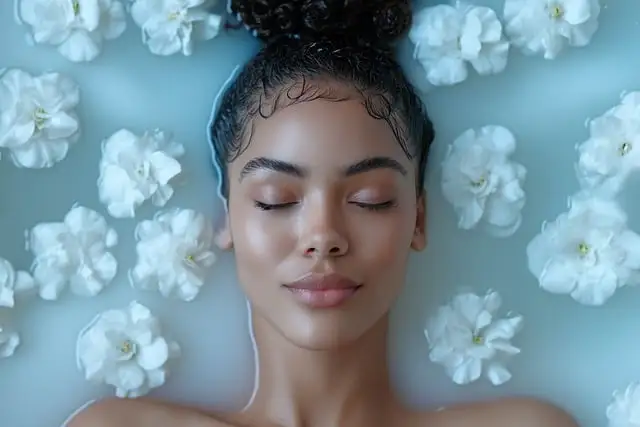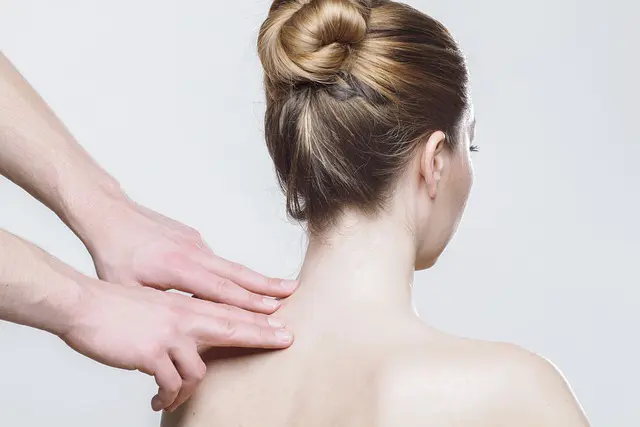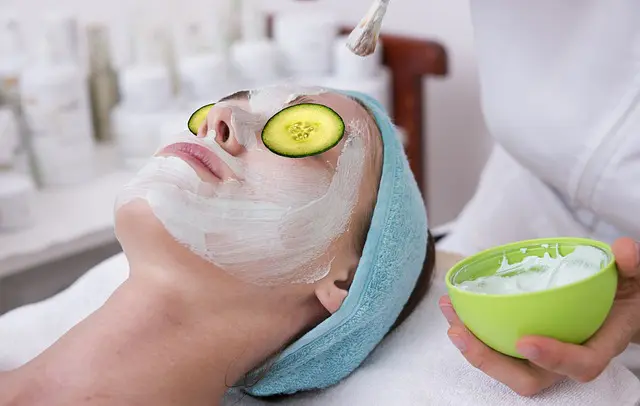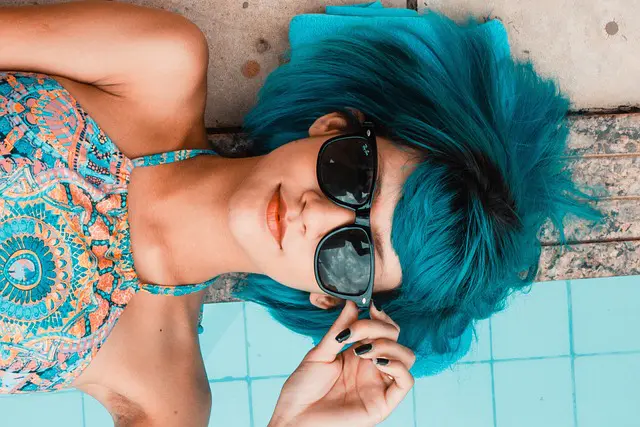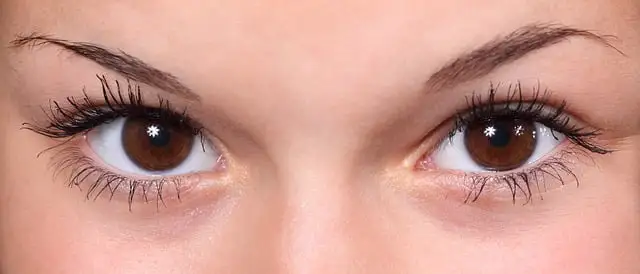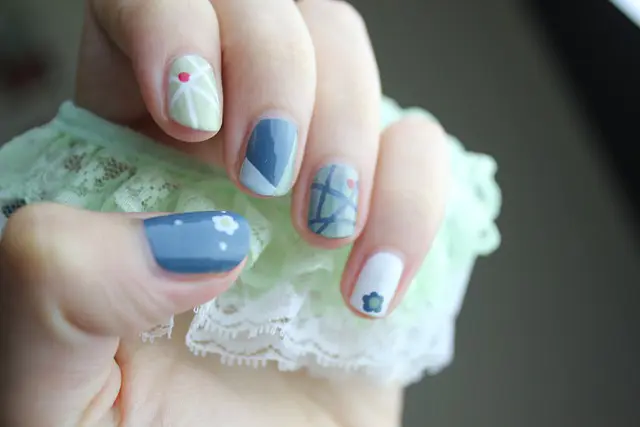The beauty industry is in a constant state of flux, driven by ever-evolving trends, innovations, and consumer demands. What was once a relatively straightforward field focused on aesthetics is now a multi-faceted domain where technology, inclusivity, sustainability, and mental wellness intersect. Today’s beauty world is more dynamic than ever, with consumers pushing the boundaries of what beauty means—how it's defined, who gets to define it, and how we engage with it.
In this blog post, we’ll explore some of the most significant shifts in the beauty industry, from the rise of wellness-oriented beauty products to the increasing demand for clean and ethical practices. We’ll also dive into how technology, particularly AI and augmented reality, is reshaping how consumers interact with beauty products. Buckle up—this is the future of beauty, and it’s here to stay.
1. The Growing Intersection of Beauty and Wellness
Once, beauty was solely concerned with appearance—skin deep, quite literally. But in the last few years, the focus has broadened, with an increasing number of brands combining beauty and wellness. From the inside-out approach to self-care routines, beauty is no longer just about products—it’s about a lifestyle that nurtures physical, mental, and emotional well-being.
Beauty from the Inside Out
Nutraceuticals, or beauty supplements, have gained significant popularity as part of the broader wellness trend. Consumers now understand that beauty isn’t just about the products they put on their skin, but also about what they ingest. From collagen-boosting powders to antioxidants like vitamin C, beauty supplements have become a key part of daily routines. Brands are innovating in this space, offering ingestible beauty solutions that promise glowing skin, stronger nails, and healthier hair.
In tandem, gut health has been recognized as a central player in skin health. Probiotic skincare and beauty supplements that target the microbiome—your body’s ecosystem of bacteria and fungi—are on the rise. The connection between the gut and the skin (the "gut-skin axis") has led to the creation of more microbiome-friendly products that promote overall skin balance, reducing issues like acne, inflammation, and premature aging.
Stress Reduction and Mental Wellness in Beauty
As mental health and stress reduction become more prominent in conversations about well-being, beauty brands are reflecting this shift by incorporating wellness into their products. Think calming facial oils with lavender, sleep-inducing face masks, and soothing skincare that offers a moment of tranquility in a chaotic world.
The beauty routine itself has become a form of self-care. Rituals like the nightly skincare routine or the morning makeup application are being reimagined as acts of mindfulness and self-love. This shift emphasizes that beauty is as much about taking care of one’s mental state as it is about physical appearance.
2. Clean Beauty: Beyond the Buzzword
Clean beauty has evolved from being a niche trend to a mainstream movement. Consumers are becoming more conscious about the ingredients in their products and the environmental footprint left behind by the brands they support. As a result, the clean beauty sector is booming, but it’s also evolving to incorporate deeper layers of sustainability, transparency, and ethics.
Ingredient Transparency and Safety
One of the driving forces behind clean beauty is consumer demand for transparency. Consumers are more educated than ever about what goes into their skincare and makeup. Brands that are open about the sourcing, production, and testing of their products are gaining trust and market share. Ingredients like parabens, sulfates, phthalates, and synthetic fragrances, once commonplace in many beauty products, are now under scrutiny. Clean beauty advocates have pushed for brands to find safer, non-toxic alternatives that are just as effective but without the potentially harmful side effects.
However, “clean” doesn’t just mean free of toxic chemicals. It’s about a holistic approach to product formulations—embracing plant-based ingredients, cruelty-free testing, and ethically sourced materials. More and more brands are now formulating products with sustainability in mind, working toward cruelty-free certification, and ensuring that their supply chains are free from exploitation.
Sustainable Practices
Clean beauty isn’t just about ingredients—it’s about how the products are made. Sustainable packaging is a hot topic, with companies pushing for zero-waste options. Beauty brands are introducing refillable packaging, glass containers, and biodegradable materials to minimize environmental impact. The beauty industry’s relationship with plastic is particularly under the microscope, with many companies opting for alternatives such as aluminum or bamboo, or offering "product refill" services where consumers can purchase refills for their products without needing to buy new containers.
Moreover, ethical sourcing and the reduction of carbon footprints are becoming key performance indicators for many beauty companies. Brands are exploring ways to offset their emissions through carbon-neutral packaging or investing in renewable energy. Consumers are now prioritizing brands that align with their values, choosing those that actively work towards improving the planet and society at large.
3. Diversity, Inclusivity, and Beauty for All
Perhaps one of the most important shifts in the beauty industry over the last few years has been the move toward greater inclusivity. Beauty is no longer a one-size-fits-all concept; it’s an open canvas for everyone, regardless of gender, race, body type, or age. This is not just a trend—it’s a fundamental shift in the way beauty is defined and marketed.
Expanding the Definition of Beauty
The rise of brands like Fenty Beauty, which launched a groundbreaking 40 (now 50) shades of foundation, was a watershed moment for the beauty industry. Fenty Beauty proved that consumers wanted, and needed, more inclusive shade ranges. The success of this initiative led many other brands to follow suit, expanding their foundation ranges and diversifying their marketing.
Beauty is being redefined as a celebration of individualism, with a growing number of companies focusing on empowering their customers rather than trying to sell them an idealized version of beauty. Makeup tutorials and campaigns are increasingly focused on self-expression, with people experimenting with colors, textures, and looks that reflect their personalities and lifestyles.
Gender Fluidity and Beauty
The beauty industry is also moving away from traditional gender norms. Beauty brands are releasing gender-neutral products and launching inclusive marketing campaigns. Male grooming, once limited to basic skincare and shaving products, now includes makeup, skincare, and haircare that cater specifically to men—or rather, to anyone who chooses to use them.
This shift toward gender-neutral beauty is not only about products but also about representation. There’s a growing emphasis on diversity in advertising, where men and women of all ethnicities, shapes, and sizes are showcased as beautiful, thereby broadening the narrative of who gets to be considered "beautiful."
Age Inclusivity
Another aspect of inclusivity that’s gaining momentum is the movement toward age representation. The days of beauty brands focusing solely on young, flawless skin are over. Today’s beauty campaigns feature individuals across a spectrum of ages, emphasizing that beauty transcends age. Skincare lines, in particular, are catering to a wide age range, from products that target teen acne to those addressing signs of aging like fine lines and wrinkles.
4. Technology and the Future of Beauty
Technology is changing everything—from how we discover products to how we try them on. Augmented reality, artificial intelligence, and other innovations are drastically altering the way we shop for beauty.
Virtual Try-Ons and AI Recommendations
AR technology is increasingly being incorporated into beauty shopping experiences. Virtual try-ons, which allow consumers to see how makeup looks on their face without physically trying it on, are now offered by major retailers and beauty brands. The ability to digitally try on lipsticks, eyeshadows, and foundations is making online shopping much easier and more accessible.
Moreover, AI-driven beauty apps are becoming smarter. Many are able to analyze your skin type, condition, and tone to recommend products that will work best for you. These technologies are also being used to create custom formulations, allowing consumers to build their own personalized skincare and makeup products.
The Role of Smart Beauty Devices
In the tech-driven future, smart beauty devices are playing a huge role. From LED masks that promise to reduce acne to microcurrent devices that promise a facelift without surgery, the beauty industry is embracing technology to enhance consumer experiences at home. These devices, combined with high-tech skincare, offer highly customized beauty solutions and provide a more professional level of treatment in the comfort of one’s home.
Conclusion: The Beauty Industry’s New Era
The beauty industry is no longer just about products—it's a living, breathing ecosystem of technology, inclusivity, wellness, and sustainability. With the rise of personalized beauty, the demand for clean, ethical products, and the ever-growing push toward diversity, it’s clear that beauty is undergoing a profound transformation.
As consumers continue to demand more from the brands they support, the beauty industry will evolve to meet these new expectations. Whether it's through cutting-edge technology, innovative product formulations, or a greater focus on inclusivity and sustainability, the future of beauty is bound to be more exciting and diverse than ever before.
In a world where beauty is no longer just skin-deep, the future of the industry is being shaped by conscious consumerism, self-expression, and a commitment to bettering the world around us. The beauty revolution is here—and it’s more inclusive, innovative, and sustainable than ever before.


